10 Endangered species in TamilNadu
Know fact about endangered species
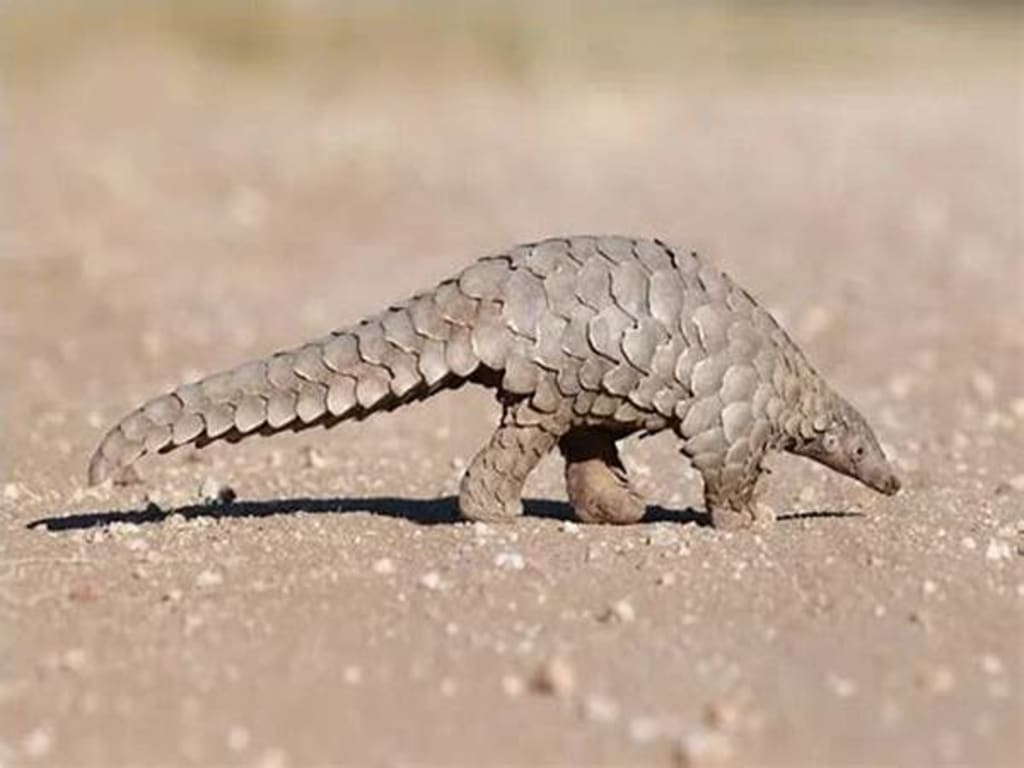
1., Lion tailed macaque:

The Lion-tailed macaque (Macaca silenus) is a species of Old World monkey that is endemic to the Western Ghats mountain range in southern India, including Tamil Nadu. It is one of the 16 species of macaques and is considered one of the most threatened primates in the world, listed as Endangered by the International Union for Conservation of Nature (IUCN).
Physical Characteristics:
The Lion-tailed macaque is a medium-sized primate that weighs between 4 and 10 kg, with males being larger than females. They have a distinctive appearance, with a black mane of hair surrounding their faces that gives them their name. Their fur is typically black or dark brown, with a silver-gray mane and a white beard. They also have a long tail that is as long as their body.
Behavior and Habitat:
Lion-tailed macaques are arboreal and spend most of their time in the treetops of the evergreen and semi-evergreen forests of the Western Ghats. They are primarily herbivorous and feed on fruits, leaves, flowers, and insects. They are diurnal and live in groups of 10 to 20 individuals, with one dominant male leading the group.
Conservation Status and Threats:
The Lion-tailed macaque is classified as Endangered by the IUCN due to habitat loss, fragmentation, and degradation. The destruction of forests and their conversion to plantations, as well as human settlements, are the major threats to their survival. Hunting and poaching have also been a major threat in the past, but conservation efforts have led to a significant decrease in this practice.
Conservation Efforts:
Several conservation programs and initiatives have been implemented to protect the Lion-tailed macaque, including the establishment of protected areas such as the Silent Valley National Park, the Kalakad Mundanthurai Tiger Reserve, and the Anamalai Tiger Reserve. There are also community-based conservation programs that aim to reduce human-wildlife conflict, promote sustainable livelihoods, and increase awareness of the importance of conserving the species and its habitat.
2., Indian giant squirrel (Ratufa indica):
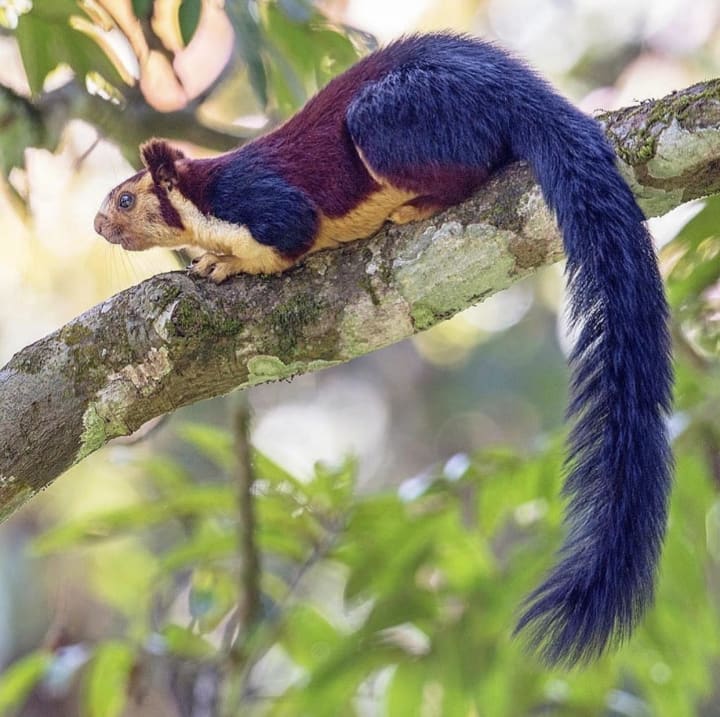
The Indian giant squirrel (Ratufa indica) is a large tree-dwelling rodent species that is native to the Indian subcontinent, including Tamil Nadu. It is also known as the Malabar giant squirrel and is listed as Least Concern by the International Union for Conservation of Nature (IUCN).
Physical Characteristics:
The Indian giant squirrel is known for its striking and vibrant fur, which can range from shades of deep red, brown, and orange, to purple and black. Its body length ranges from 25 to 45 cm, and its tail can be as long as 60 cm, making it one of the largest squirrels in the world. Its bushy tail is used for balance and communication, and its large eyes and sharp claws allow it to navigate the treetops with ease.
Behavior and Habitat:
Indian giant squirrels are arboreal and spend most of their time in the canopy of tall trees in evergreen and deciduous forests. They are primarily herbivorous and feed on a variety of nuts, seeds, fruits, and flowers. They are solitary animals and are most active during the early morning and late afternoon hours.
Conservation Status and Threats:
The Indian giant squirrel is classified as Least Concern by the IUCN due to its large range and stable population. However, it is still threatened by habitat loss and fragmentation due to deforestation, logging, and conversion of forests into agricultural land. They are also hunted for their meat and fur in some areas, although this is not a major threat to the species as a whole.
Conservation Efforts:
The Indian giant squirrel is protected under Schedule II of the Indian Wildlife Protection Act of 1972, which prohibits the hunting, killing, or capturing of the species. Some protected areas, such as the Silent Valley National Park and the Mudumalai Wildlife Sanctuary in Tamil Nadu, provide important habitat for the Indian giant squirrel. Conservation efforts also include reforestation and habitat restoration programs, as well as education and awareness campaigns aimed at reducing human-wildlife conflict and promoting sustainable forest management practices.
3., Nilgiri tahr (Nilgiritragus hylocrius):
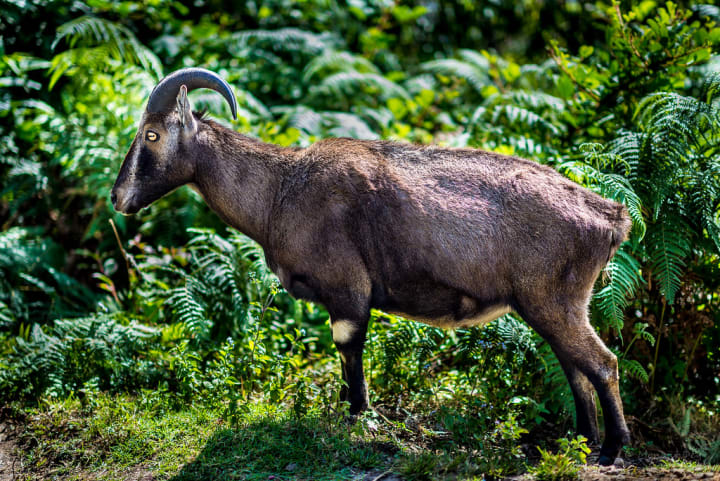
The Nilgiri tahr (Nilgiritragus hylocrius) is a mountain ungulate species that is native to the Western Ghats of southern India, including Tamil Nadu. It is an endangered species and is listed as Endangered by the International Union for Conservation of Nature (IUCN).
Physical Characteristics:
The Nilgiri tahr is a medium-sized ungulate that can weigh up to 100 kg and stand up to 1.2 meters tall at the shoulder. Males are typically larger than females and have longer horns. They have a dark brown to black coat with a lighter underside and short, coarse fur. Both males and females have curved horns, with males having longer and more curved horns.
Behavior and Habitat:
Nilgiri tahrs are primarily herbivorous and feed on grasses, leaves, and shoots. They are adapted to living in the steep, rocky terrain of the Western Ghats and are excellent climbers. They are diurnal and are most active during the early morning and late afternoon hours. They live in groups of 10 to 20 individuals, which are usually led by a dominant male.
Conservation Status and Threats:
The Nilgiri tahr is listed as Endangered by the IUCN due to habitat loss and hunting. The destruction of their habitat, which includes montane grasslands and sholas, has been a major threat to their survival. Hunting for their meat, horns, and other body parts has also been a significant problem, although hunting is now illegal.
Conservation Efforts:
Several conservation programs and initiatives have been implemented to protect the Nilgiri tahr, including the establishment of protected areas such as the Eravikulam National Park, the Silent Valley National Park, and the Mukurthi National Park. These protected areas provide important habitat for the species and are crucial for their survival. There are also community-based conservation programs that aim to reduce human-wildlife conflict, promote sustainable livelihoods, and increase awareness of the importance of conserving the species and its habitat.
4., Olive Ridley turtle:

The Olive Ridley turtle (Lepidochelys olivacea) is a species of marine turtle that is found in warm waters of the Pacific, Atlantic and Indian Oceans. They are listed as Vulnerable by the International Union for Conservation of Nature (IUCN).
Physical Characteristics:
Olive Ridley turtles are small to medium-sized sea turtles with a carapace (shell) length of around 60-70 cm and a weight of around 45 kg. Their carapace is a heart-shaped, olive-colored shell with five central scutes. The head and limbs are usually gray or green in color.
Behavior and Habitat:
Olive Ridley turtles are highly migratory and can travel thousands of miles between their nesting and foraging grounds. They typically nest in large groups called arribadas, where thousands of turtles come ashore to lay their eggs on sandy beaches. They feed on a variety of marine animals, including jellyfish, snails, and crustaceans.
Conservation Status and Threats:
Olive Ridley turtles are listed as Vulnerable by the IUCN due to several threats to their survival. The major threats include habitat loss, accidental capture in fishing gear, egg poaching, and plastic pollution. Coastal development, such as the construction of hotels and beach resorts, has led to the loss of nesting beaches. Fishing gear such as trawls, gillnets, and longlines, also pose a significant threat to Olive Ridley turtles, as they can become entangled and drown. Egg poaching for consumption and trade is another major threat, and the use of plastic in the oceans has resulted in ingestion and entanglement of Olive Ridley turtles.
Conservation Efforts:
Several conservation measures have been put in place to protect Olive Ridley turtles. Protected areas and marine reserves have been established to conserve nesting beaches and foraging grounds. Fishing regulations and practices such as the use of turtle excluder devices (TEDs) have been put in place to reduce accidental captures in fishing gear. Community-based conservation programs have also been implemented to reduce egg poaching and increase awareness of the importance of turtle conservation. Efforts to reduce plastic pollution in the oceans are also underway.
Overall, continued conservation efforts and awareness-raising are crucial for the survival of Olive Ridley turtles and other marine species. Protecting their nesting beaches, reducing accidental captures in fishing gear, and reducing plastic pollution are key steps in ensuring the survival of this species.
5., Indian pangolin (Manis crassicaudata):
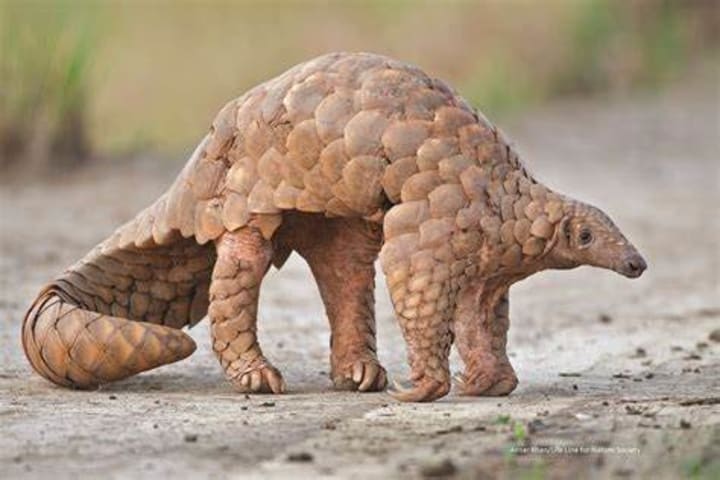
The Indian pangolin (Manis crassicaudata) is a mammal species belonging to the family Manidae. It is also known as the thick-tailed pangolin or scaly anteater. The Indian pangolin is native to the Indian subcontinent, and is found in a range of habitats, from dry thorn forests to wet rainforests. It feeds mainly on ants and termites, using its long, sticky tongue to capture them.
The Indian pangolin is listed as Endangered on the IUCN Red List of Threatened Species, due to habitat loss, hunting for meat and traditional medicine, and the illegal wildlife trade. Pangolin scales are highly valued in traditional medicine in some Asian countries, including China and Vietnam, where they are believed to have medicinal properties.
The Indian pangolin is a solitary animal, and is primarily nocturnal, spending the day sleeping in burrows or hollow logs. It has a distinctive appearance, with a body covered in overlapping, keratin scales, which act as armor to protect it from predators. When threatened, the Indian pangolin rolls up into a tight ball, presenting only its armored scales to potential predators.
Conservation efforts for the Indian pangolin include protecting its habitat, enforcing laws against hunting and the illegal wildlife trade, and promoting public awareness about the importance of pangolins and the threats they face. In 2016, the Indian pangolin was listed under Schedule I of the Wildlife Protection Act of India, which provides the highest level of protection for wildlife species in the country.
6., Asiatic wild dog (Cuon alpinus):
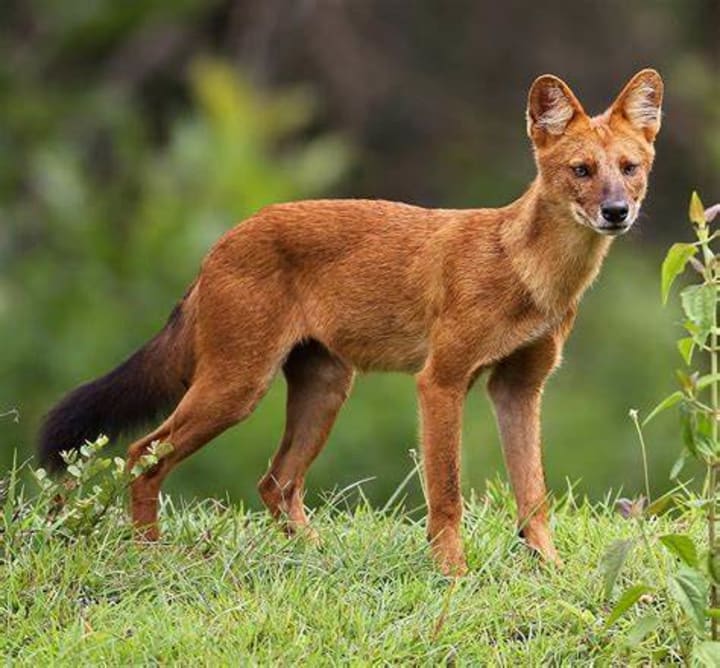
The Asiatic wild dog, also known as the dhole (Cuon alpinus), is a mammal species belonging to the Canidae family. It is found in parts of South and Southeast Asia, including India, Thailand, and Indonesia. The Asiatic wild dog is also known as the red dog, Indian wild dog, or mountain wolf.
The Asiatic wild dog is listed as Endangered on the IUCN Red List of Threatened Species due to habitat loss, human persecution, and the spread of diseases from domestic dogs. It is also threatened by hunting, as it is considered a pest by farmers who blame it for killing livestock. The Asiatic wild dog is also sometimes hunted for its meat and fur.
The Asiatic wild dog is a social animal, living in packs of 3-12 individuals. Each pack has a dominant breeding pair, and the other members help with raising the young. The Asiatic wild dog is an apex predator, hunting in packs to take down prey such as deer, wild boar, and smaller animals like hares and rodents.
Conservation efforts for the Asiatic wild dog include protecting its habitat, controlling the spread of diseases from domestic dogs, and reducing human-wildlife conflict. This includes education and awareness programs for local communities about the importance of the Asiatic wild dog and how to coexist with them. The Asiatic wild dog is protected under national legislation in some countries, such as India, but more needs to be done to conserve this unique and important species.
7., Indian rock python (Python molurus):
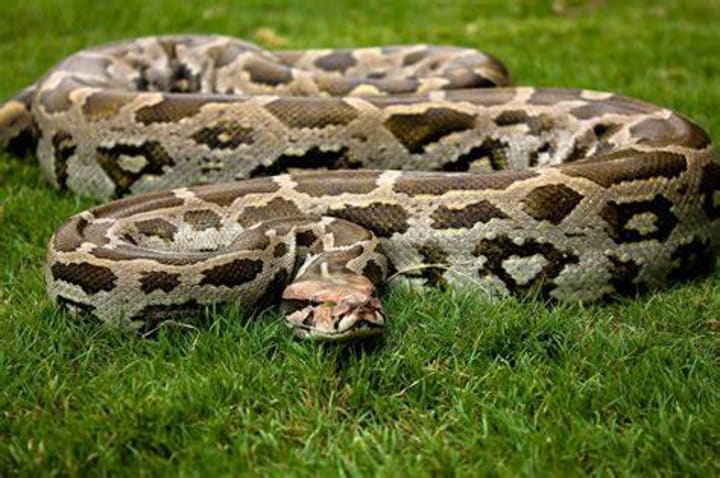
The Indian rock python (Python molurus) is a nonvenomous snake species found in South and Southeast Asia, including India, Pakistan, Sri Lanka, Nepal, and Bangladesh. It is one of the largest snake species in the world, capable of reaching lengths of up to 6 meters (20 feet) and weighing up to 91 kilograms (200 pounds).
The Indian rock python is listed as Least Concern on the IUCN Red List of Threatened Species, due to its wide distribution, adaptability to different habitats, and relatively stable population. However, the Indian rock python is still threatened by habitat loss and fragmentation, as well as hunting for its skin, which is used in the leather industry and for traditional medicine.
The Indian rock python is a solitary and nocturnal species, spending the day hiding in burrows or under rocks, logs, or other cover. It is a constrictor, using its powerful muscles to squeeze and suffocate its prey, which includes rodents, birds, and other small mammals.
Conservation efforts for the Indian rock python include protecting its habitat, enforcing laws against hunting and illegal trade, and promoting public awareness about the importance of snakes and the threats they face. In some areas, captive breeding programs have been established to reduce the demand for wild-caught specimens. Additionally, the Indian rock python is protected under national legislation in several countries, including India and Nepal.
8., Grizzled giant sqnuirrel (Ratufa macroura):
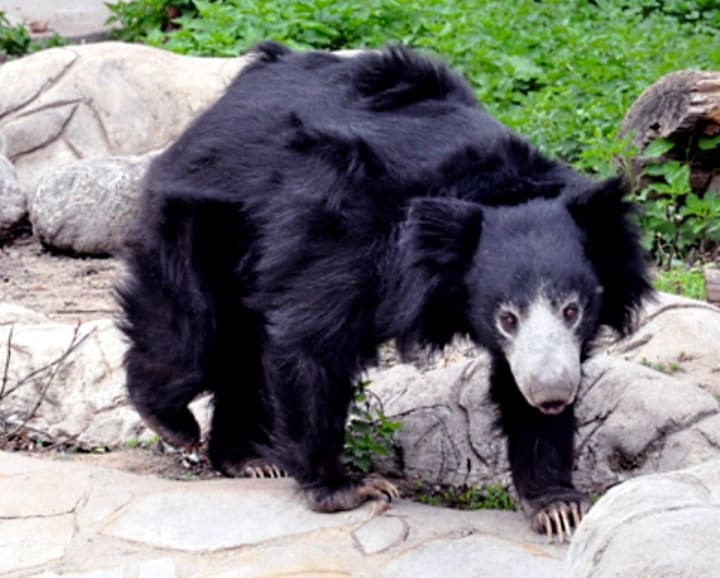
The grizzled giant squirrel (Ratufa macroura) is a large arboreal rodent species found in the forests of South and Southeast Asia, including India, Sri Lanka, and parts of Southeast Asia. It is also known as the Indian giant squirrel, Malabar giant squirrel, or giant forest squirrel.
The grizzled giant squirrel is listed as Near Threatened on the IUCN Red List of Threatened Species, due to habitat loss and fragmentation, as well as hunting and trapping for food and the illegal pet trade. The grizzled giant squirrel is highly valued in some cultures as a delicacy or as a pet, and its habitat is under threat from deforestation and other human activities.
The grizzled giant squirrel is a diurnal species, meaning it is active during the day. It is arboreal, spending most of its time in trees, where it feeds on fruits, nuts, seeds, and other plant material. The grizzled giant squirrel is known for its striking appearance, with bright and colorful fur that varies from reddish-brown to gray, and a long and bushy tail that can be up to twice the length of its body.
Conservation efforts for the grizzled giant squirrel include protecting its habitat, enforcing laws against hunting and illegal trade, and promoting public awareness about the importance of conserving this unique and important species. In some areas, captive breeding programs have been established to reduce the demand for wild-caught specimens. Additionally, the grizzled giant squirrel is protected under national legislation in several countries, including India and Sri Lanka.
9., Sloth bear (Melursus ursinus):
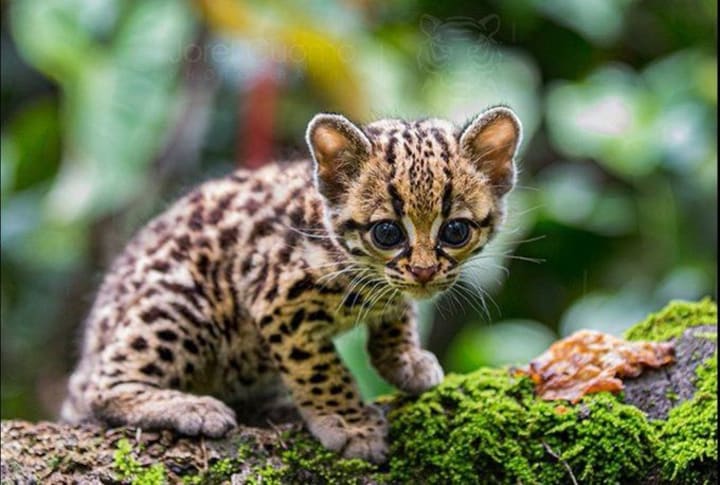
The sloth bear (Melursus ursinus) is a medium-sized bear species found in South Asia, including India, Sri Lanka, and Nepal. It is named for its slow and lumbering gait and is also known as the labiated bear, as its lips are highly flexible and can be used to suck insects out of tree bark.
The sloth bear is listed as Vulnerable on the IUCN Red List of Threatened Species, due to habitat loss, poaching, and human-wildlife conflict. The sloth bear is threatened by habitat loss and fragmentation, as forests are cleared for agriculture and development. The sloth bear is also hunted for its gallbladder and other body parts, which are used in traditional medicine, and for its meat and fur.
The sloth bear is a solitary and nocturnal species, feeding primarily on insects, particularly termites and ants. It has long, curved claws that it uses to tear open termite mounds and insect nests. The sloth bear is also known to feed on fruits, honey, and occasionally small mammals and birds.
Conservation efforts for the sloth bear include protecting its habitat, enforcing laws against poaching and illegal trade, and promoting public awareness about the importance of conserving this unique and important species. In some areas, captive breeding programs have been established to reduce the demand for wild-caught specimens. Additionally, the sloth bear is protected under national legislation in several countries, including India and Nepal. Education and awareness programs are also being implemented to reduce human-wildlife conflict, which can occur when sloth bears raid crops or attack livestock.
10., Marbled cat (Pardofelis marmorata):
The marbled cat (Pardofelis marmorata) is a small wild cat species found in Southeast Asia, including parts of India, Bhutan, Nepal, Myanmar, Thailand, Malaysia, and Indonesia. It is named for its striking marbled coat pattern, which provides excellent camouflage in its forest habitat.
The marbled cat is listed as Vulnerable on the IUCN Red List of Threatened Species, due to habitat loss, poaching, and human-wildlife conflict. The marbled cat is threatened by deforestation, as forests are cleared for agriculture, logging, and other human activities. The marbled cat is also hunted for its fur and for traditional medicine.
The marbled cat is a solitary and nocturnal species, feeding primarily on small mammals, birds, and reptiles. It is an excellent climber, using its sharp claws to climb trees and pursue prey. The marbled cat is also known to feed on insects, fruit, and occasionally fish.
Conservation efforts for the marbled cat include protecting its habitat, enforcing laws against poaching and illegal trade, and promoting public awareness about the importance of conserving this unique and important species. In some areas, captive breeding programs have been established to reduce the demand for wild-caught specimens. Additionally, the marbled cat is protected under national legislation in several countries, including India and Thailand. Education and awareness programs are also being implemented to reduce human-wildlife conflict, which can occur when marbled cats prey on poultry or raid crops.
About the Creator
Enjoyed the story? Support the Creator.
Subscribe for free to receive all their stories in your feed. You could also pledge your support or give them a one-off tip, letting them know you appreciate their work.






Comments
There are no comments for this story
Be the first to respond and start the conversation.